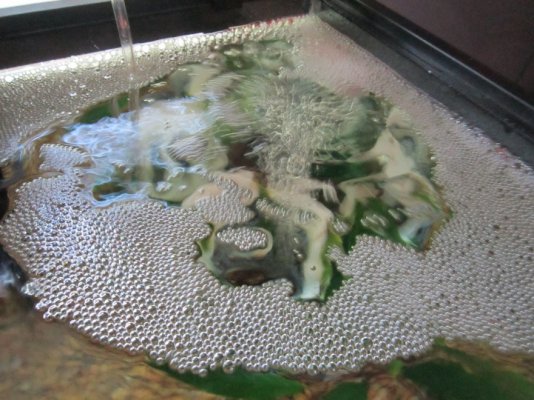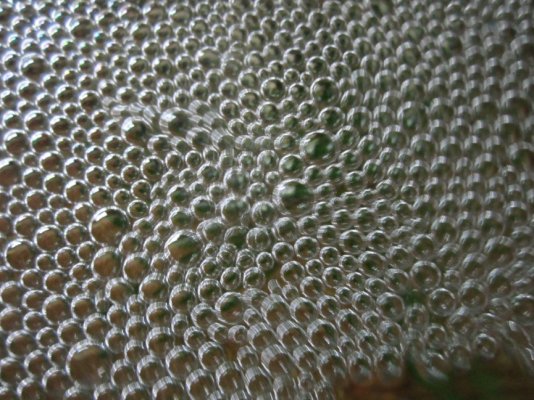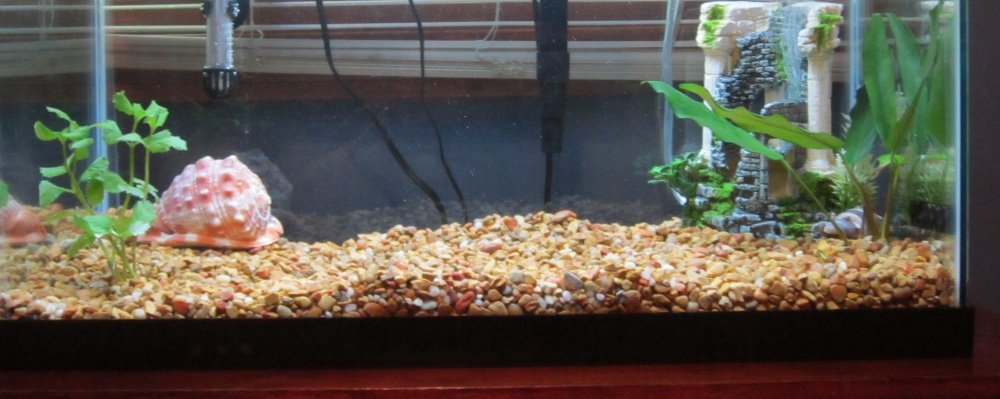PaulG5372
Aquarium Advice Regular
Hi All--
I have a newer 20 Gallon tank that I set up on 5/18. It has a Penguin Bio-Wheel 150 Filter, heater with water being kept at about 83F. I have an API Test Kit and have treated the water with Tetra Aquasafe Plus. I have also treated with Tetra Safestart on 5/24. I did this based on the advice of some friends, but I now realize this wasn't necessary but based on what I've read It seems as it shouldn't cause any real harm (I hope!) I also seeded with a few cups of gravel from an established aquarium the same day as adding the safestart. I added an airstone and 2 small plants on 5/27. Also-- pH when starting the tank was at 7.4. I haven't tested since because I thought the results would be skewed with the cycle process.
I left the tank for a few days until I could find a good source of ammonia and added that on 5/20. I had the levels to near 4ppm. I have tested every day since adding the ammonia. I saw no drops in ammonia except for the time that I added some more water because the level was getting lower, and making a little more noise than I would like. I only needed to add a few cups of water.
After this and currently the water has 2 ppm of ammonia. I have tested for nitrItes daily have had a constant 0 ppm reading. Yesterday, 5/27, one week from adding the ammonia I decided to test nitrAtes just to get a feel for the test and because I was curious. NitrAte levels were between 20-40 ppm (hard to see the exact colors on the test). I tested the water used to fill the aquarium and it has 5 pmm NitrAtes.
What do you guys think about my results? Why the higher nitrAtes but no nitrItes? Any advice on what to do next, how the cycle is doing?
I have a newer 20 Gallon tank that I set up on 5/18. It has a Penguin Bio-Wheel 150 Filter, heater with water being kept at about 83F. I have an API Test Kit and have treated the water with Tetra Aquasafe Plus. I have also treated with Tetra Safestart on 5/24. I did this based on the advice of some friends, but I now realize this wasn't necessary but based on what I've read It seems as it shouldn't cause any real harm (I hope!) I also seeded with a few cups of gravel from an established aquarium the same day as adding the safestart. I added an airstone and 2 small plants on 5/27. Also-- pH when starting the tank was at 7.4. I haven't tested since because I thought the results would be skewed with the cycle process.
I left the tank for a few days until I could find a good source of ammonia and added that on 5/20. I had the levels to near 4ppm. I have tested every day since adding the ammonia. I saw no drops in ammonia except for the time that I added some more water because the level was getting lower, and making a little more noise than I would like. I only needed to add a few cups of water.
After this and currently the water has 2 ppm of ammonia. I have tested for nitrItes daily have had a constant 0 ppm reading. Yesterday, 5/27, one week from adding the ammonia I decided to test nitrAtes just to get a feel for the test and because I was curious. NitrAte levels were between 20-40 ppm (hard to see the exact colors on the test). I tested the water used to fill the aquarium and it has 5 pmm NitrAtes.
What do you guys think about my results? Why the higher nitrAtes but no nitrItes? Any advice on what to do next, how the cycle is doing?



